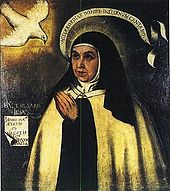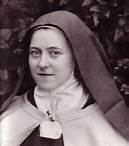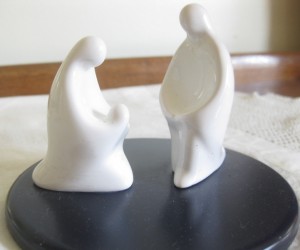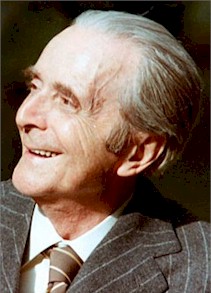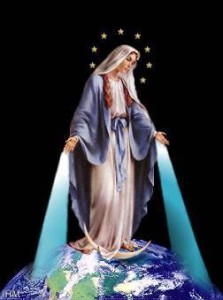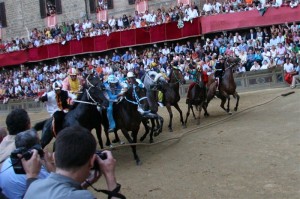In these most recent years, my experience of English weather leads me to believe that it is not too often that we get sunny days – sunny and warm enough to sit out in the garden – more’s the pity! But just the other day was an exception. In the afternoon, the sun was out and I took advantage of sun and calm, to spend a little time outside, taking in the fresh air and those ‘magic’ waves of heat that travel some 94 million miles to take away some of the chills we have had over the winter and early spring. It was just sublime! And I was at peace with the world!
Dwelling on nothing in particular, not concentrating, day-dreaming almost, my attention was at once drawn to something moving – and not too far away from my head. Then, I saw it was a spider, an arachnid, small, about the size of one of my finger-nails, body and legs overall. Now I am not an arachnophobe, but do not necessarily feel comfortable with insects of any kind. I would not shy away from them, but neither do I seek their company – not out of choice – but this was different, and I began to observe the spider and what it was about.
 |
I saw it first at a point on a ‘thread’ strung between two small Leylandii trees; from there it began to spin its web. Spirally, my spider travelled ever-outwards from the centre, round and round it spun, until some 30 minutes later, I could then see the web in its entirety, measuring something like 7 inches in diameter, a thing of great beauty, engineered in gossamer threads, each one, weight for weight, stronger than our strongest steel, yet light and elastic. I saw that in construction it was so perfect as to almost defy belief – the radial threads all at perfect measured angles from the centre – and the web spiral was made up of circumnavigating threads set at a constant distance from each other. I did not need to check them against a ruler, but if I had, I would have found each to be very close to 4 mms apart – and not even one out of place.
I gazed in wonderment, and then began to think about …. spiders …. and creation.
Spiders account for around 40,000 different species of arachnids and 99.9 % are carnivorous. Some of their species are highly poisonous and therefore dangerous to humans, but the ones homogenous to England are harmless to the greatest extent, only the odd one or two kinds able to impart a bite that may need a little treatment. Yet, there is something intangible about them that gives rise to (often) irrational apprehensions – phobias, if you like – in a fair proportion of the population. Perhaps that is their inbuilt protection against animals millions of times greater in size. Skilful in the extreme, for where could we ever find someone (or something) capable of building a web like the one I saw built in around half an hour – created by means of constant supply of silken gossamer from the spinnerets located in its abdomen – absolutely wonderful.
I am told that there are millions of species of insect inhabiting the earth – billions and billions of the ‘blighters’ in total. Then we come to the fish in the sea, many of their species never having been seen, never mind catalogued. Add to this, there are the birds of the air in all their multitudes of varieties, and lastly, perhaps, all the different animals that have walked and crawled across the face of this planet for millions of years. At this point, my mind is beginning to ‘boggle’ at the huge number and complexity of what we would call ‘life’, and all of it inhabiting the earth as we know it.
 |
 |
In all of this life, there is a common dependency on climate – heat, light and above all water, for without these essential elements, life-forms in all the different varieties, cannot exist. There is also an inter-dependency between the indeterminable numbers of life-forms, and here we must not forget the massive extent and life-providing forms of vegetation providing food, verdant in all its different manifestations.
And all of this is concerned with just our earth. From this we must move beyond – to the sun, our moon and the stars – then to the billions of planets and stars that together make up the universe. Is that the sum total – the full extent? We do not know, but can easily suspect that there may be many galaxies, many universes, all of this so great, so huge, so intricate, so complex that our minds cannot grasp – come to terms with – the enormity.
I have now come a long, long way from my little ‘tarantula’, weaving its silken web in my garden. Now, I am in the realms of the ‘impossible dream’, a ‘world’ I cannot begin to understand; I am in God’s World; God’s Universe; God’s Creation; God’s Profundity; and I am lost. Please, someone – whoever you are – please, do not ever try to tell me that all this came about by accident, without a Prime Mover, without an Omnipotent and Infinite Goodness – without God who created you, me, and every living thing. The design and order of this whole magnificent structure – defying all imagination – fits together in so perfect a unison, that I defy anyone to find even a single strand out of place. And all by accident! Poppycock!
After some reflection, some time having elapsed, I come back down to earth and begin to wonder at how far, and into what foreign worlds, my ‘itsy-bitsy’ little spider had taken me. I then begin to wonder at the magic of the human mind and what it is capable of – and all from the lessons learned in the garden one sunny afternoon. That spider has a lot to answer for – that spider in its own little microcosmic universe, showing me how to weave a web of silken thread.
The spider’s idea was to catch its next meal – a carnivore just like ourselves – and always with an eye on our own well-being.
My response was to begin to wonder again at the munificence of Almighty God, the Loving Father and Creator of us all.
Socius
